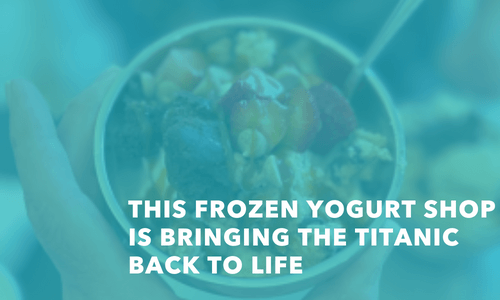A Short History of Frozen Yogurt: How Did Your Favorite Frozen Treat Get to You?
Albeit short, the history of fro-yo is fraught with challenges as it competed -- and still competes -- with its more popular cousin ice cream.
The history of frozen yogurt is, of course, rooted in the history of yogurt itself, which has been consumed for four millenia all over the world, particularly in the Middle East and India. Lauded for its creamy smoothness and refreshing taste, yogurt was later found to be one of the most potent super foods, with its high content of probiotic bacteria and as a source of calcium.
Unbeknownst to yogurt, which was more frequently used in savory dishes or as a palate refresher, a major innovation was made in its evolution into a tasty treat when, in 1848, the first hand-freezer was patented in the U.S. for the making of ice cream. Soon, technological advancements, like pasteurization machines and low-temperature refrigerators, led to an increase in the manufacture and the popularity of frozen treats in general.
Meanwhile, yogurt was wanted the U.S. in the early 1900s and steadily increased in popularity, particularity as a health food item. Dannon became the first company to sell prepackaged yogurt in the 1930s.
Finally, in the 1970s, ice-cream making technology was sued to produce frozen yogurt, a healthier alternative. It was not immediately a huge success since Americans seemed to prefer the sweetness of ice cream (and they still do -- the average American will consume ice cream 28.5 times this year!).
Fro-yo enjoyed a brief fad in the 1980s, but it took a huge shift in consumer preferences, recipes, marketing (think toppings and frozen yogurt cups) and manufacturing technology to make the once shunned treat the beloved craving of many health conscious sweet tooths!





